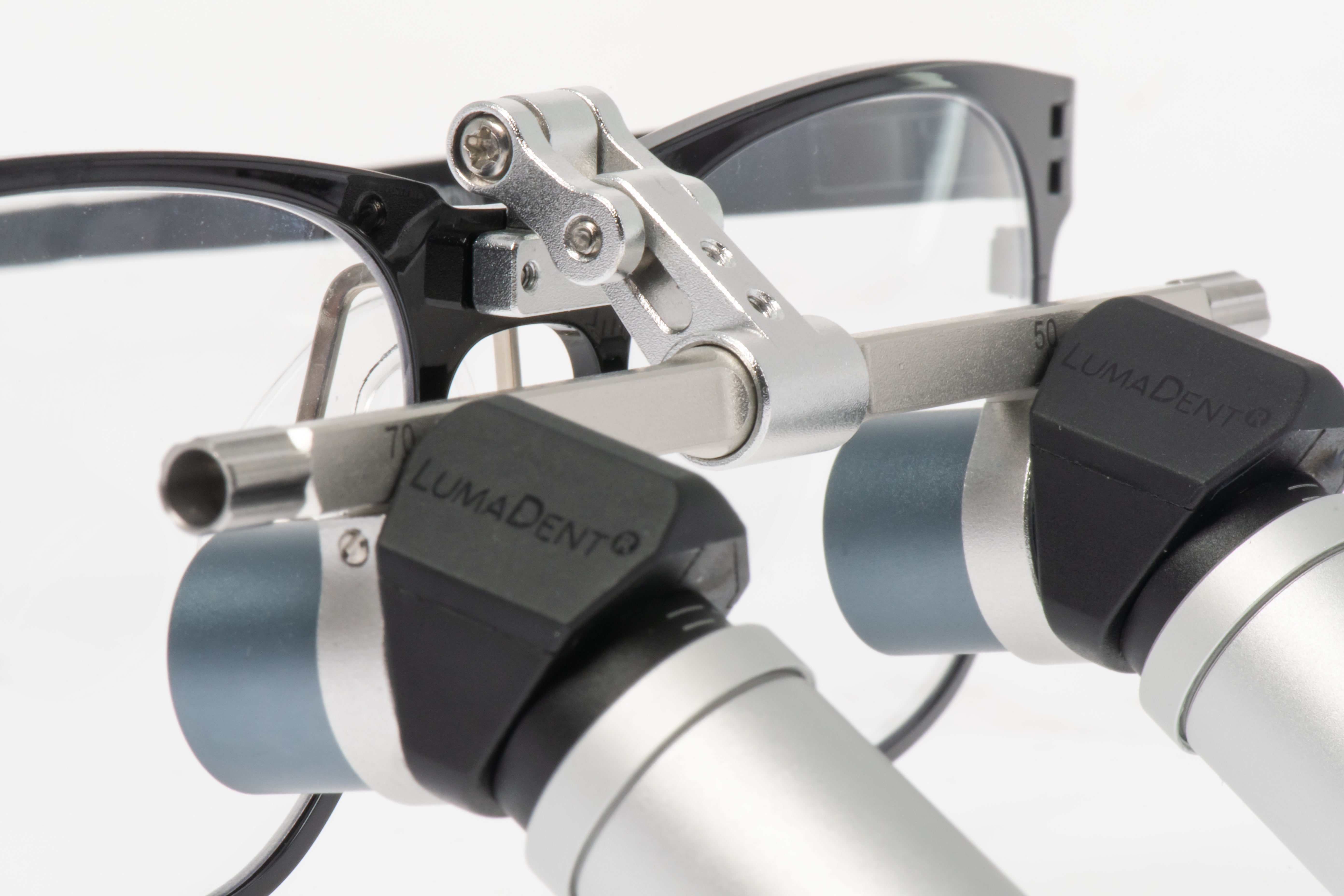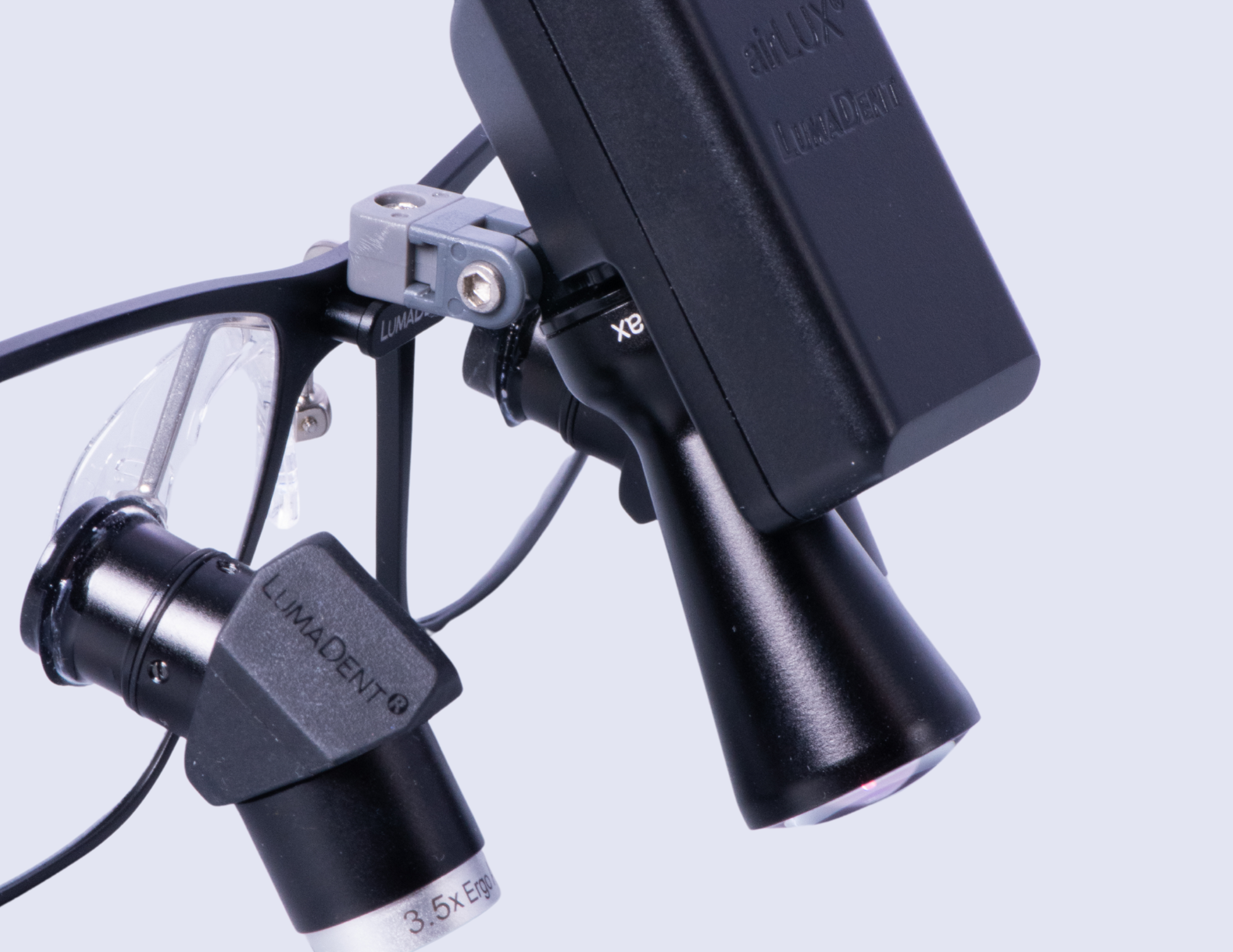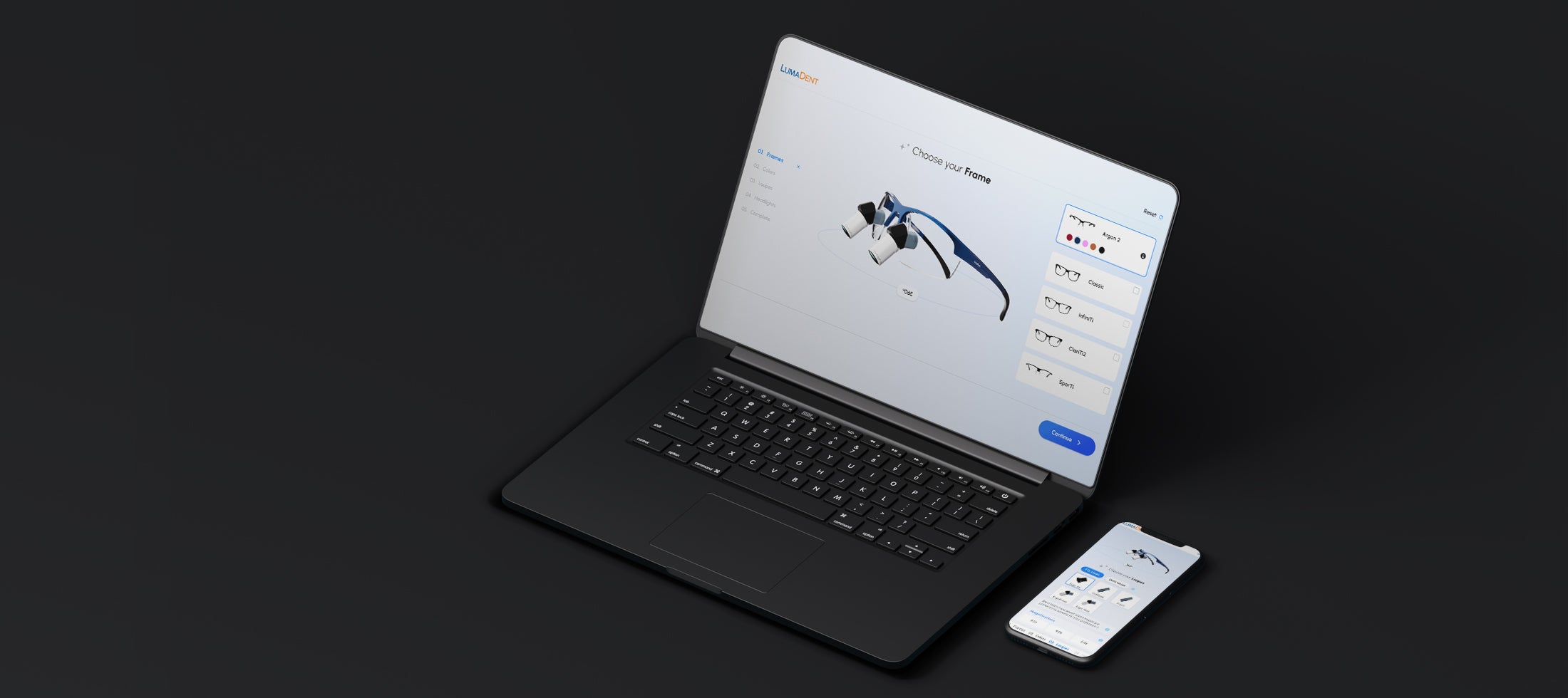With so many magnification options for loupes, how do you know which one to choose? Whether you’re an experienced professional or a student beginning your dental career, using the right magnification helps you work more comfortably and accurately.
The level of detail you need is important when choosing magnification. Lower magnification shows less detail but is easier to use for general tasks. Higher magnification shows much finer details, making it ideal for precise work like surgery or endodontics. Your magnification should match the level of detail required for your specific procedures.
Studies have shown that the use of magnification devices in dentistry enhances visualization and improves ergonomics, leading to better clinical outcomes.*
What Magnification Do You Need?
3.0x to 4.5x:
Top US Dental Schools recommend starting with 3.0 - 3.5x magnification. This is perfect for dental students and hygienists performing routine procedures. These magnifications offer a wide field of view and great depth of field, providing comfort for beginners.

5.0x to 7.0x:
This mag is best for professionals working on detailed tasks like crown preparations or restorations. This range balances magnification with ergonomic usability.

7.0x-10x:
This magnification is suited for specialists such as endodontists or surgeons handling intricate procedures. These higher magnifications ensure precision for the most detailed work.

What Factors Affect Your Decision for Magnification?
Although there is no standard in the loupes industry for magnification, a few factors to take into consideration when choosing which magnification will suit your loupes:
Field of View:
Field of view is important because it affects how much you can see simultaneously while working. Lower magnification gives a wider view, making it easier to see more of the area without moving around too much, great for general procedures or beginners. Higher magnification gives a closer, more detailed view but shows less overall, so it’s better for detailed work. Choosing the right field of view helps you work comfortably and see what you need.
Depth of Field:
Depth of field is an important factor to consider when choosing magnification because it directly affects how much of the working area stays in focus at once. A larger depth of field means that more of the area you’re working on remains clear, reducing the need for constant refocusing. Lower magnifications typically offer a greater depth of field, making them more forgiving and easier to use, especially for those new to magnification.

Still looking for more information?
Understanding the basics of loupes is crucial for selecting the appropriate magnification. For a comprehensive overview, refer to Loupes 101: Your Essential Guide.
“Using the proper magnification in dentistry enhances precision, posture, and overall clinical performance.”
— Doppalapudi N, Dental Research & Oral Health Journal
Frequently Asked Questions
What magnification is best for dental hygienists?
Most hygienists benefit from 2.5x to 3.0x magnification. This range offers a wide field of view and generous depth of field, ideal for routine cleanings, periodontal assessments, and scaling. It supports proper ergonomics while enhancing visibility.
What magnification should general dentists use?
General dentists typically choose between 2.5x and 3.5x magnification. 2.5x is great for basic procedures with a broader field of view. 3.0x to 3.5x provides more detail and is preferred for restorative work and procedures requiring increased precision.
What magnification do endodontists or specialists need?
Specialists such as endodontists and surgeons often use 4.0x to 7.0x magnification. These levels offer higher detail for intricate procedures like root canals or microsurgery. For extremely detailed tasks, some may even use up to 10x magnification.
How do I choose the right magnification for my needs?
Consider the type of work you do most often:
- Routine/general procedures → 2.5x to 3.5x
- Restorative or detailed work → 4.0x to 5.5x
- Surgical or microspecialty procedures → 6.0x to 10x
Also, factor in comfort, depth of field, and field of view.
What’s the difference between field of view and depth of field?
Field of view is how much of the work area you can see at once. Lower magnification gives you a wider view, which is helpful for general tasks.
Depth of field is how much of the area stays in focus at once. A greater depth of field (common in lower magnification) reduces the need to move your head or refocus constantly.
Is higher magnification always better?
Not necessarily. While higher magnification shows more detail, it comes with a narrower field of view and less forgiving depth of field. It’s best for specialists. For everyday procedures, lower to mid-range magnification is often more ergonomic and versatile.
Published: Feb 10, 2025 | Updated: March 25, 2025





Share:
Always Ready: The Vario 2 Backup, Team & Emergency Loupes
The Difference Between Flip-Up and Vario Loupes